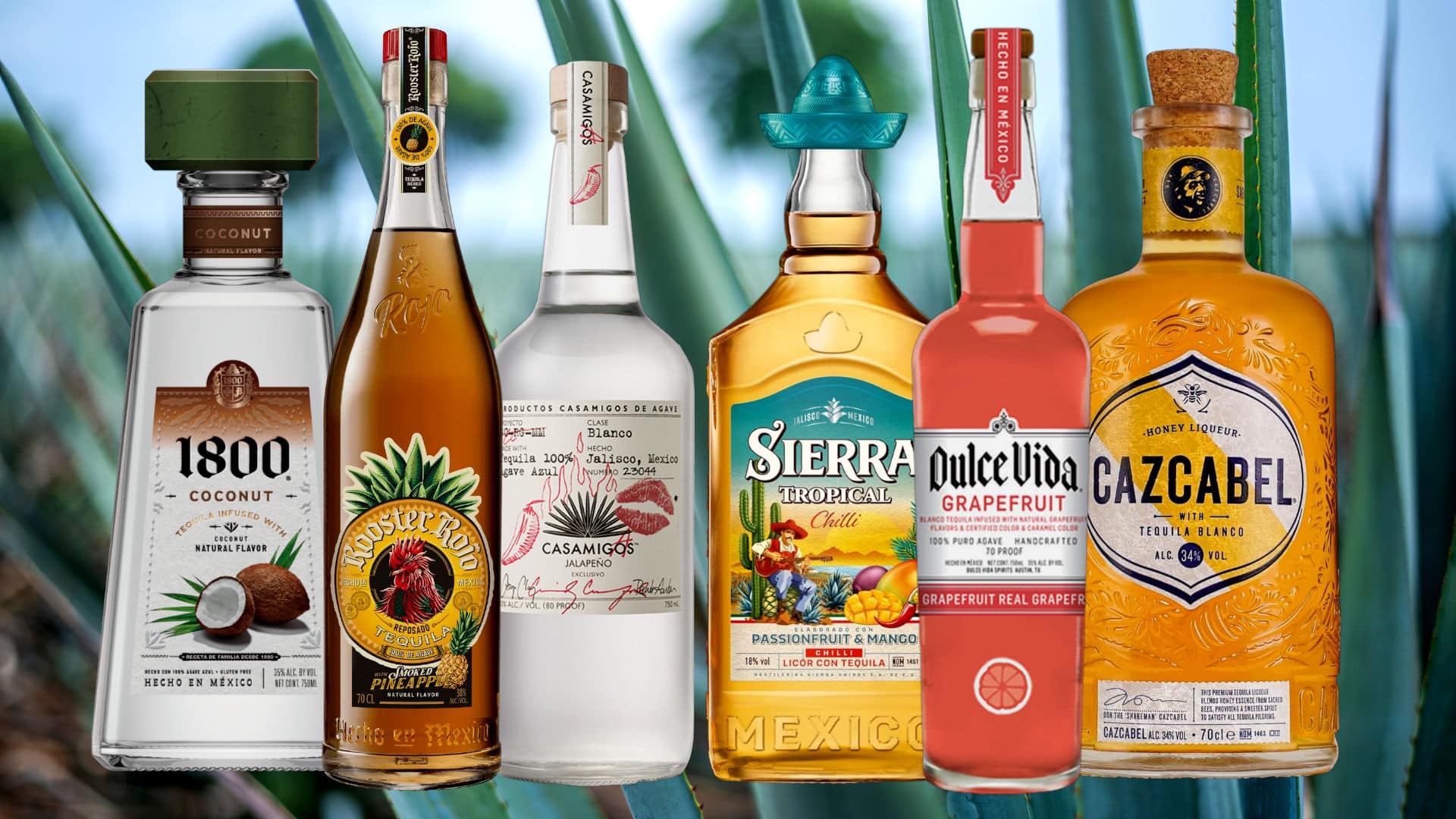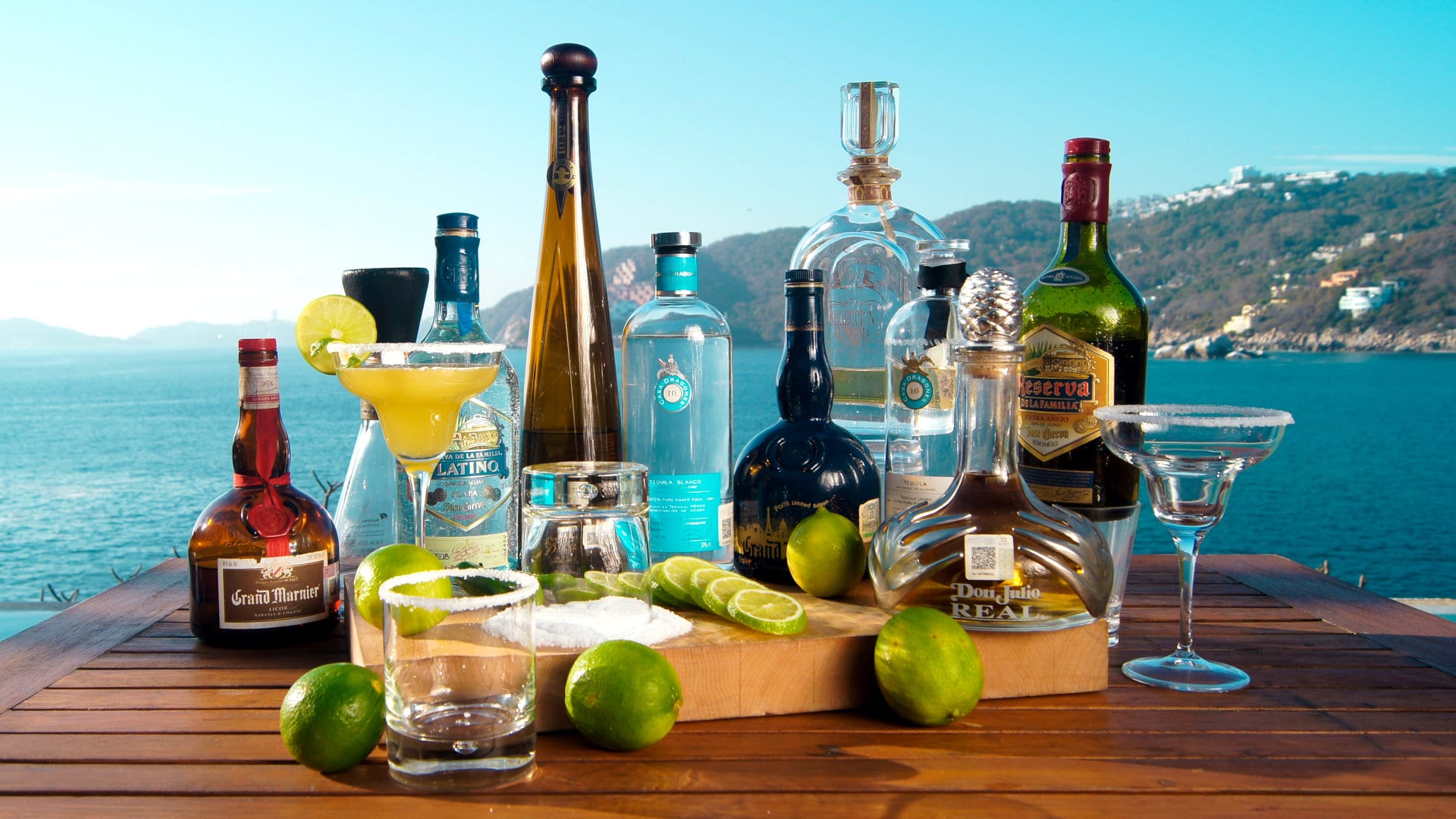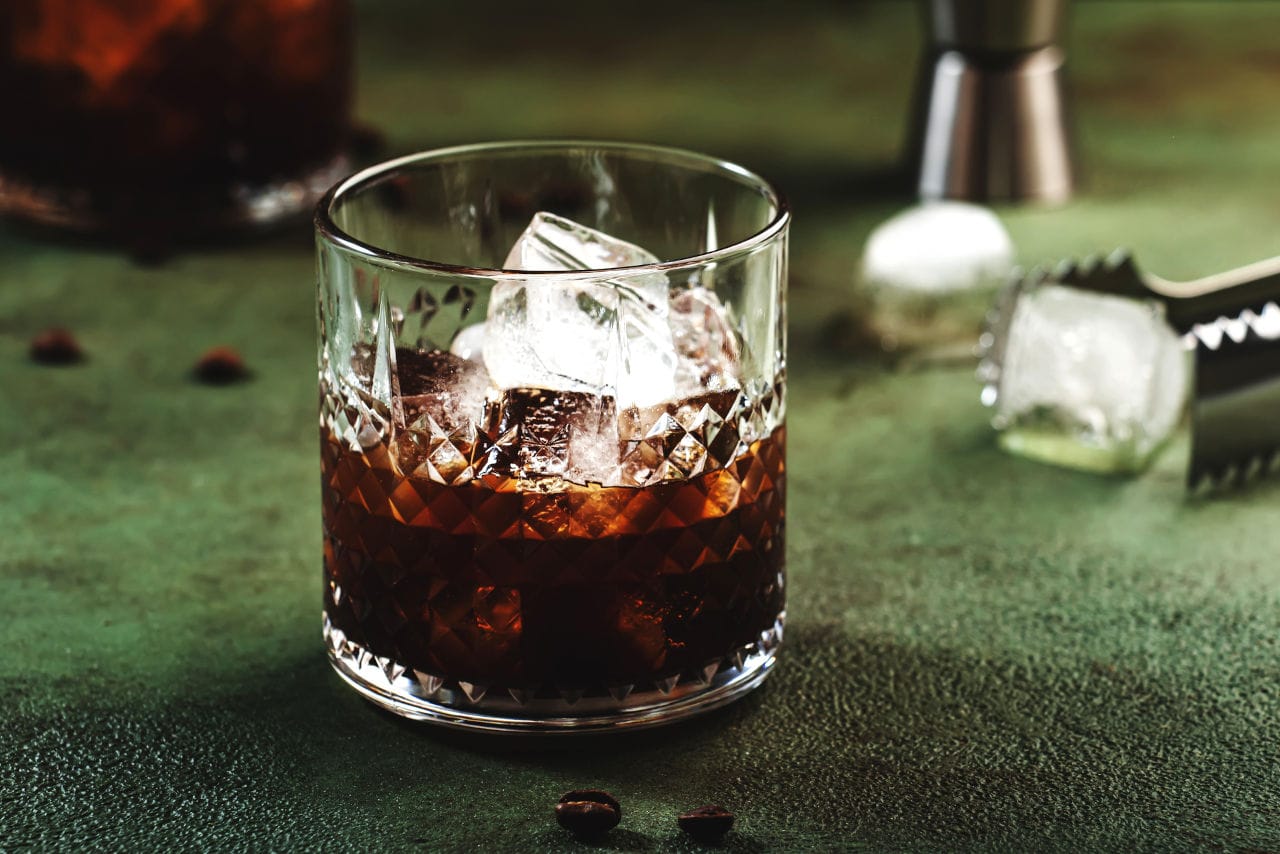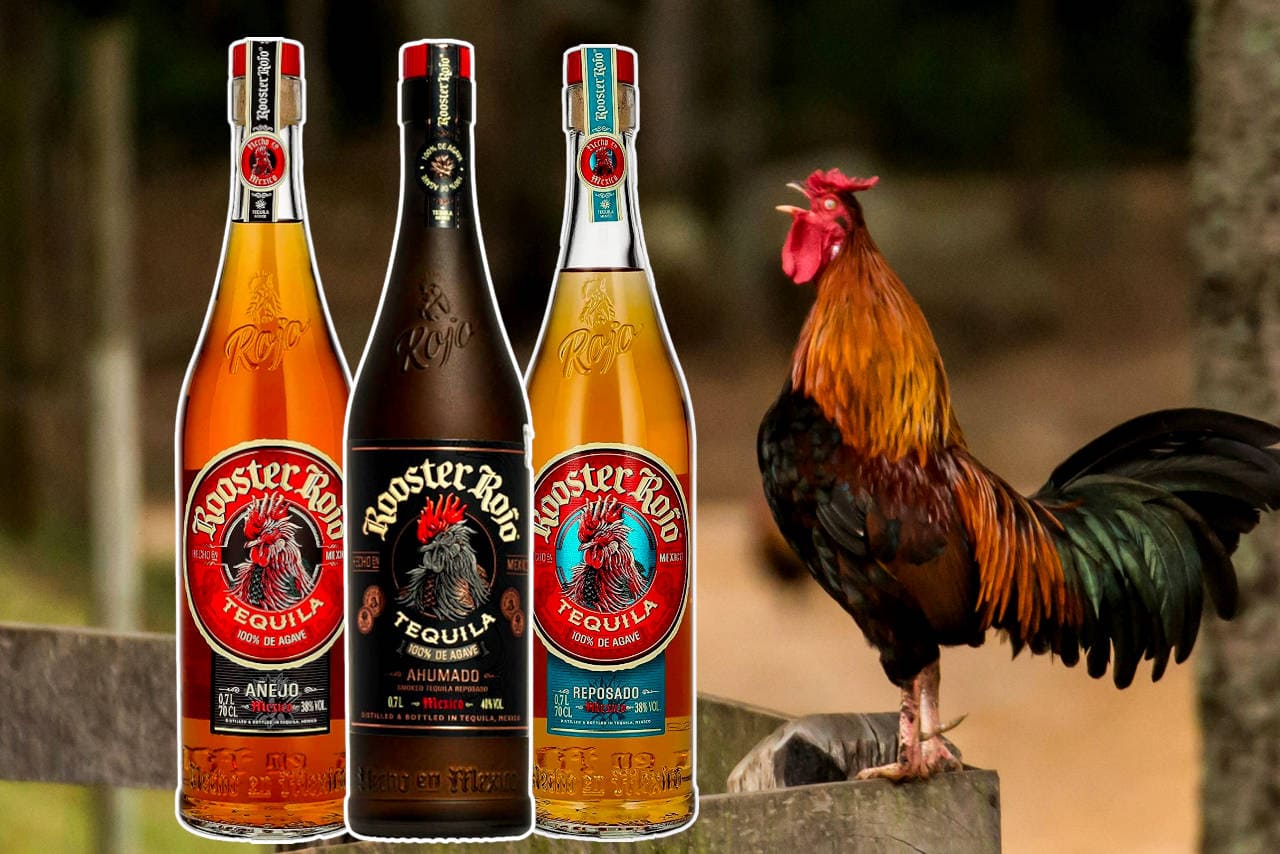Mezcal, a spirit made from agave (maguey in Spanish), is deeply rooted in Mexico’s rich tapestry of history and culture. Tequila is one type of mezcal, so their early history is about the same. The 19th century saw tequila change radically, while mezcal didn’t.
Distilled from the heart of the maguey plant, mezcal carries with it stories of ancient rituals and ceremonies and the skilled hands that have nurtured its creation for generations. I’ll be delving into the history of mezcal to embark on a journey through time.

History Of Mezcal

The history of mezcal is a captivating journey, weaving through ancient rituals and tradition and is as rich and complex as its agave flavours.
Mezcal & Agave
Of the roughly 270 species of agave found throughout Mexico, mezcaleros use some 30 for mezcal, with Agave angustifolia (espadin) accounting for 90% of production. Other species of particular interest are Agave karwinskii (cuishe, barril, cirial, madrecuishe), Agave marmorata (tepeztate), and Agave potatorum (tobala).
All mezcal spirits share the following aspects of production: when agave plants mature, the hearts (piñas) are harvested and cooked to convert the inulin sugars into fructose that yeast can ferment. The piñas are crushed and fermented with yeasts, and the resultant alcohol is twice distilled.
2000 BC – 1499 AD
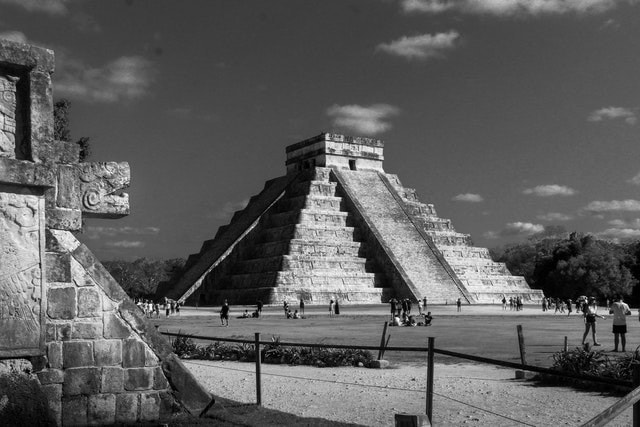
People in the Middle East began experimenting with distillation around 2000 BC, but only around 1300 AD did the Italians perfect distillation for beverages. By the 1400s, Europeans and Asians were distilling sizable quantities of spirits.
Also Read: 10 Tasty Mezcal’s For Sipping
Also, around 2000 BC, the Otomi people developed a low-ABV agave drink for religious ceremonies. Every subsequent Mexican civilisation drank it, too: the Olmecs, the Zapotecs and Mixtecs in present-day Oaxaca, the Toltecs, and the brutal Aztecs, who rose to power in 1325 AD.
The mythology around this drink, nowadays known as pulque, was decidedly trippy. A current controversy is whether these people practised distillation or not.
1500 – 1599 AD
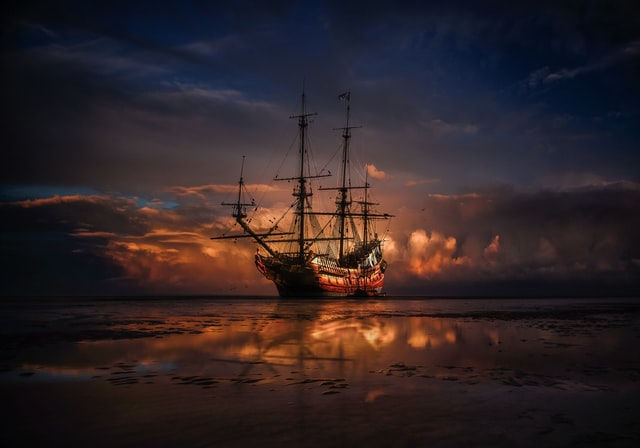
Spanish commander Hernan Cortes and his conquistadors arrived in 1519, receiving a warm welcome from many locals. Together, they toppled the Aztecs and established “New Spain” in 1521.
By 1565, a 12,000-mile trade route from Manila to Spain saw giant galleons bring Filipino porcelain, silk, and spices across the Pacific to Acapulco in return for Mexican silver. Pack mules took these Eastern treasures across the sierra to Veracruz for shipping to Spain.
Also Read: 6 Myths Of Tequila And The Worm Answered!
Horrendous conditions on the galleons led many Filipino sailors to jump ship in Mexico, bringing rice, mangoes, coconuts, and nifty little stills to distil coconut brandy.
The Filipinos merged into the indigenous Mexican population, and they turned to distilling agave, especially in the mountains of modern Jalisco.
King Philip II of Spain prohibited Mexican wine production in 1595, to protect the Spanish wine industry.
1600 – 1699 AD
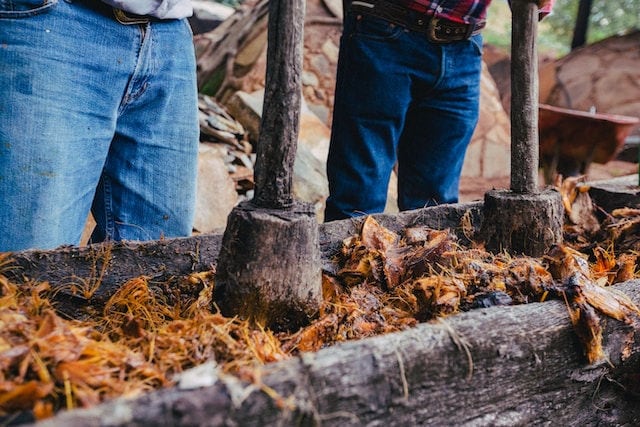
The first written record of people distilling “mexcales” was made in 1619. King Philip’s ban on Mexican wine production led a certain Marquis of Altamira to invest in a large agave distillery in the town of Tequila; by 1638, he was paying taxes on it.
Animal-drawn stone wheels (tahonas) were introduced to crush the cooked piñas instead of the mallets previously used.
The Filipino stills spread southward through Michoacan and Guerrero into Oaxaca and northward into Zacatecas and Durango. In Chihuahua, they gave rise to mezcal’s sister spirit, sotol.
Mescalero Apaches (named for hallucinogenic mescal cactus, not alcoholic mezcal) made a kind of mezcal in modern-day New Mexico.
A ban on mezcal production pushed producers into the Mexican highlands; the portable stills enabled them to evade colonial excise officials. They also started using more agave species. Despite the ban, records show mezcal being sold in Guadalajara in 1643!
1700 – 1799 AD
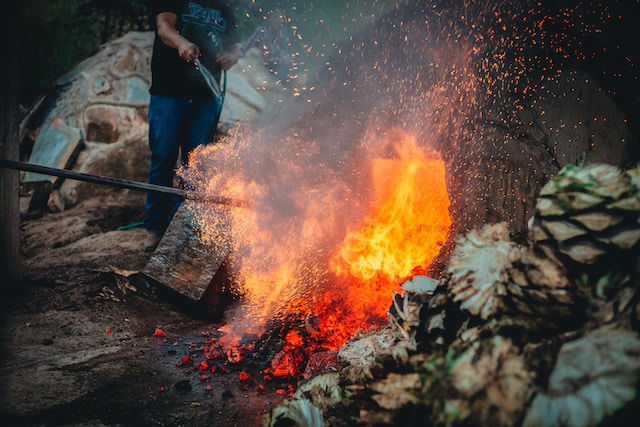
Between 1740 and 1758, the Cuervo family became prominent producers of agave spirits, and by the 1780s, mezcal from the Tequila/Guadalajara area was known for its excellence.
King Carlos III of Spain banned all alcohol production in Mexico in 1785 to create a larger market for Spanish wines and spirits. Many mezcal producers began baking the piñas in underground pits, the origin of the characteristic smokiness.
King Ferdinand IV rescinded the ban on Mexican alcohol production in 1792, figuring that if they were going to make booze anyway, he might as well profit by taxing them.
1800 – 1899 AD
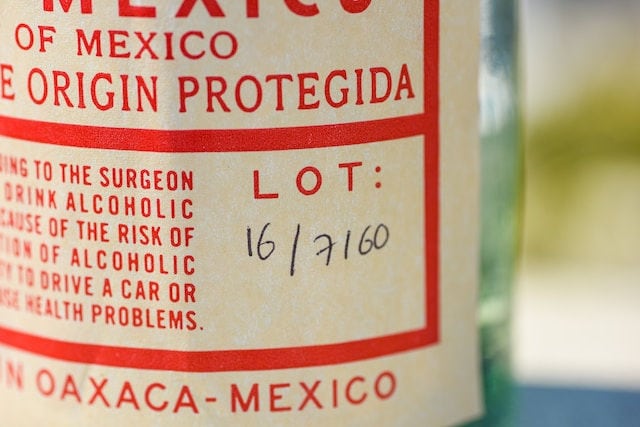
The 19th century was a turbulent and violent period in Mexican history, with the War of Independence, Mexican-American War, War of the Reform, and French meddling that led to Ferdinand Maximilian becoming “emperor.”
Around 1850, tequila producers started using aboveground, steam-heated ovens instead of underground pits due to a firewood shortage in Jalisco. Tequila lost the smokiness and became smoother, leading to broader popularity.
During this period, tequila started using commercial yeasts for fermentation rather than the wild yeasts associated with mezcal.
Also Read: 6 Best Mezcals For Margaritas With Attitude
In 1870, during Benito Juarez’s brief presidency, several prominent Jalisco mezcal producers obtained permission from the Mexican government to label their product “tequila.” This period also saw blue agave become the only one used for tequila.
Porfirio Diaz ruled as dictator between 1876 and the 1910 Mexican Revolution; this period saw great expansion of tequila production and recognition, culminating in a medal at the 1893 World’s Fair in Chicago.
In the last five years of the century, tequila manufacturers replaced the tahona for grinding the cooked piñas with machinery, deepening the split between mezcal and tequila.
1900 – 1999 AD
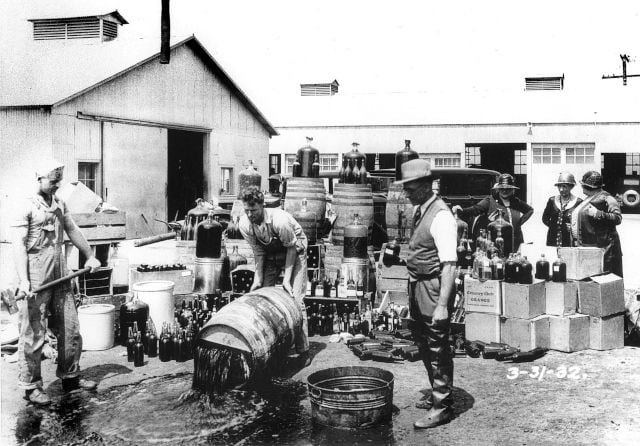
The Mexican Revolution shook Mexico from 1910 to 1921; subsequently, Prohibition in the US between 1920 and 1933 created a huge new market for tequila, which boomed enormously during the 20th century.
Mezcal languished, and the Mexican government even banned production in many areas. Those mezcals sold in the US were smoky, gasoline-flavoured gimmicks, complete with a worm.
Also Read: The Flavours Of Mezcal: Smoky To Herbal
Mezcal received a Denomination of Origin (DO) in 1994, with the Mexican Regulatory Council for Mezcal Quality (COMERCAM) and Mezcal Regulatory Council (CRM) established to regulate mezcal.
It can only legally be produced in: Oaxaca, Durango, Guerrero, Michoacan, Puebla, Zacatecas, San Luis Potosi, Tamaulipas, and Guanajuato. Sonora mezcal is called bacanora, while Jalisco mezcal is called raicilla.
In 1995, California artist Ron Cooper, who first encountered artisanal Oaxacan mezcal in 1970, introduced it to the US with the Del Maguey label.
Since 1997, Oaxaca de Juarez has hosted the International Mezcal Festival, which rapidly became a significant contributor to the local economy.
2000 – Present
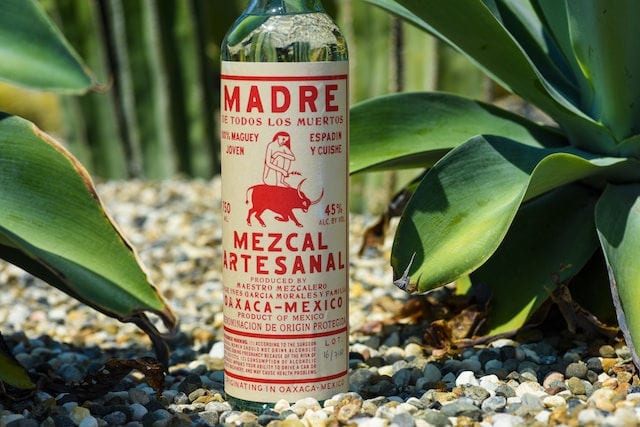
Several artisanal mezcal labels emerged around 2005, but they didn’t last long due to a lack of interest. By 2010, interest from artisanal spirit drinkers intrigued by the terroir-driven nature of mezcal, and growth in tourism in Oaxaca, fueled a meteoric rise in interest in mezcal.
Bars went from using a couple of bottles per year to a couple per night as mixologists created a slew of mezcal cocktail variations and entirely new drinks around mezcal.
Major conglomerates, such as Pernod Ricard and Bacardi, entered the space, creating value for people throughout the entire production and distribution chain.
However, increasing production is creating problems for bats (the primary pollinators of agave), pressure on water resources, and potential for disease outbreaks like those that devastated tequila in the 1990s. Many people are working to make mezcal more sustainable.
In 2017, the CRM introduced three mezcal categories covering different production methods. Plain “mezcal” is not very different from low-grade tequila; “mezcal artesanal” is the most commonly made sort; “mezcal ancestral” is extremely rustic.
Mezcaleros in non-DO states and others who resent government interference and steep fees for certification are marketing their products simply as agave spirits. Mezcal aficionados esteem them enough to seek out the best ones, perhaps because of their unofficial status.

Conclusion
A spirit with deep roots in Mexican history and culture, mezcal also displays terroir more than any other. And while tequila is still the dominant agave spirit, mezcal is winning more and more fans.
References
| wikipedia.org/wiki/Mezcal |
| mezcaleria.de/en/history-of-mezcal |
| mezcologia.mx/ |
| mezcalistas.com/mezcal-really-is-the-new-mezcal/ |
| https://www.eater.com/spirits/understanding-mezcal-and-its-amazing-ascent |

Further Reading
Below are some additional articles from The Drinks Geek blog. We write articles on several fascinating areas of drinks, including different brands, drink types, cocktail recipes and more.


